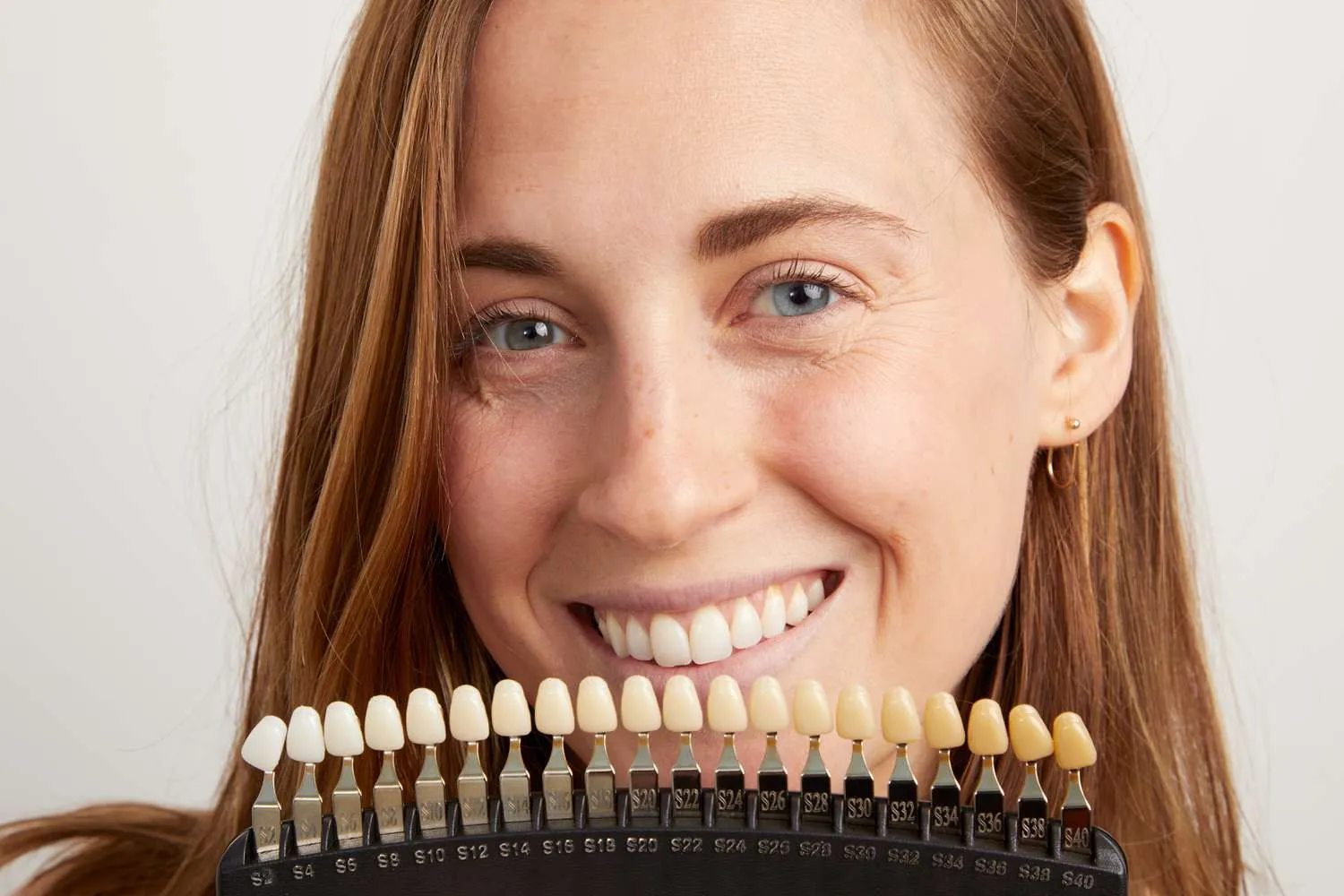Understanding Teeth Whitening
A dazzling, white smile is often associated with youth, health, and attractiveness. Teeth whitening has become a popular cosmetic procedure, offering a way to significantly enhance your smile and boost your overall appearance. Whether you’re looking to erase years of staining or simply brighten your pearly whites, understanding the fundamentals of teeth whitening is the first step. This comprehensive guide explores everything you need to know about achieving a sparkling smile, from the different methods available to the best practices for maintaining your results. The journey to a brighter smile begins with knowledge, so let’s dive in and discover the world of teeth whitening.
What is Teeth Whitening?
Teeth whitening, also known as teeth bleaching, is a cosmetic dental procedure designed to lighten the shade of your teeth. It works by removing stains and discoloration from the tooth’s surface and, in some cases, penetrating deeper to address intrinsic stains. The process typically involves using bleaching agents, such as hydrogen peroxide or carbamide peroxide, to break down the stains that have accumulated on the enamel. The effectiveness of teeth whitening depends on the type and severity of the staining, as well as the chosen method. The goal is to give you a brighter, more confident smile by several shades.
Types of Teeth Whitening
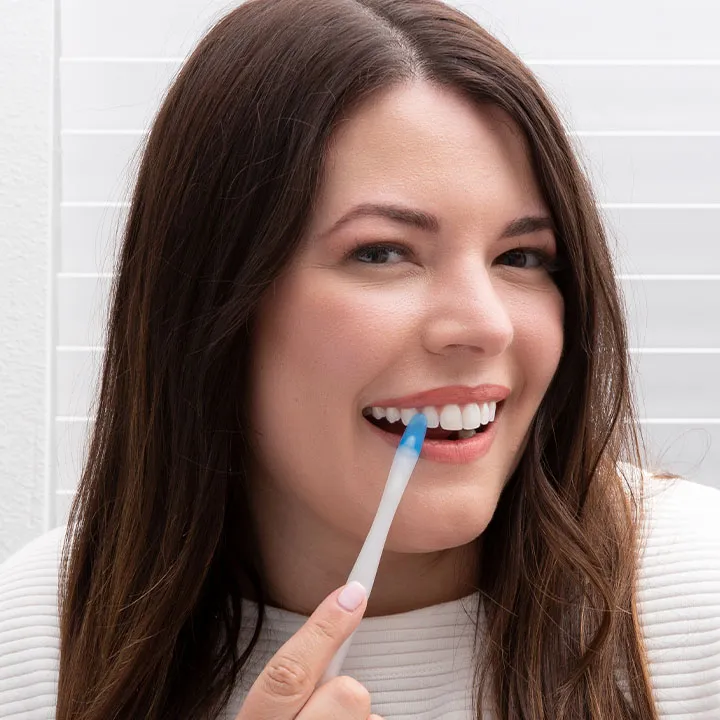
There are various types of teeth whitening available, each with its own set of advantages and considerations. Understanding these options will help you make an informed decision based on your needs and preferences. Some popular methods include at-home whitening kits, which offer convenience and affordability, and professional in-office treatments, which provide faster and more dramatic results. Each type uses different concentrations of bleaching agents and application methods, and the best choice depends on factors such as your lifestyle, the extent of discoloration, and any sensitivity issues.
How Teeth Whitening Works
The science behind teeth whitening involves a chemical reaction. The active ingredients, primarily hydrogen peroxide or carbamide peroxide, penetrate the enamel of your teeth. These bleaching agents break down stain molecules, which are organic compounds that cause discoloration. As the stain molecules are broken down, they are dispersed, making your teeth appear lighter. The process is similar whether you’re using an at-home kit or undergoing a professional treatment, although the concentration of the bleaching agent and the methods of application vary. The process is generally safe when used as directed, but it’s important to follow the instructions and consult with a dentist to minimize any potential side effects, such as tooth sensitivity.
Benefits of Teeth Whitening
Beyond the cosmetic appeal, teeth whitening offers several significant benefits. The most noticeable is the transformation of your smile, but the impact extends far beyond mere aesthetics. A brighter smile can contribute to greater self-esteem, and in turn, positively influence many aspects of your life. From improving your confidence to enhancing your social interactions, the advantages of teeth whitening are multifaceted. Let’s explore the key benefits and how they can improve your overall well-being.
Boosting Confidence
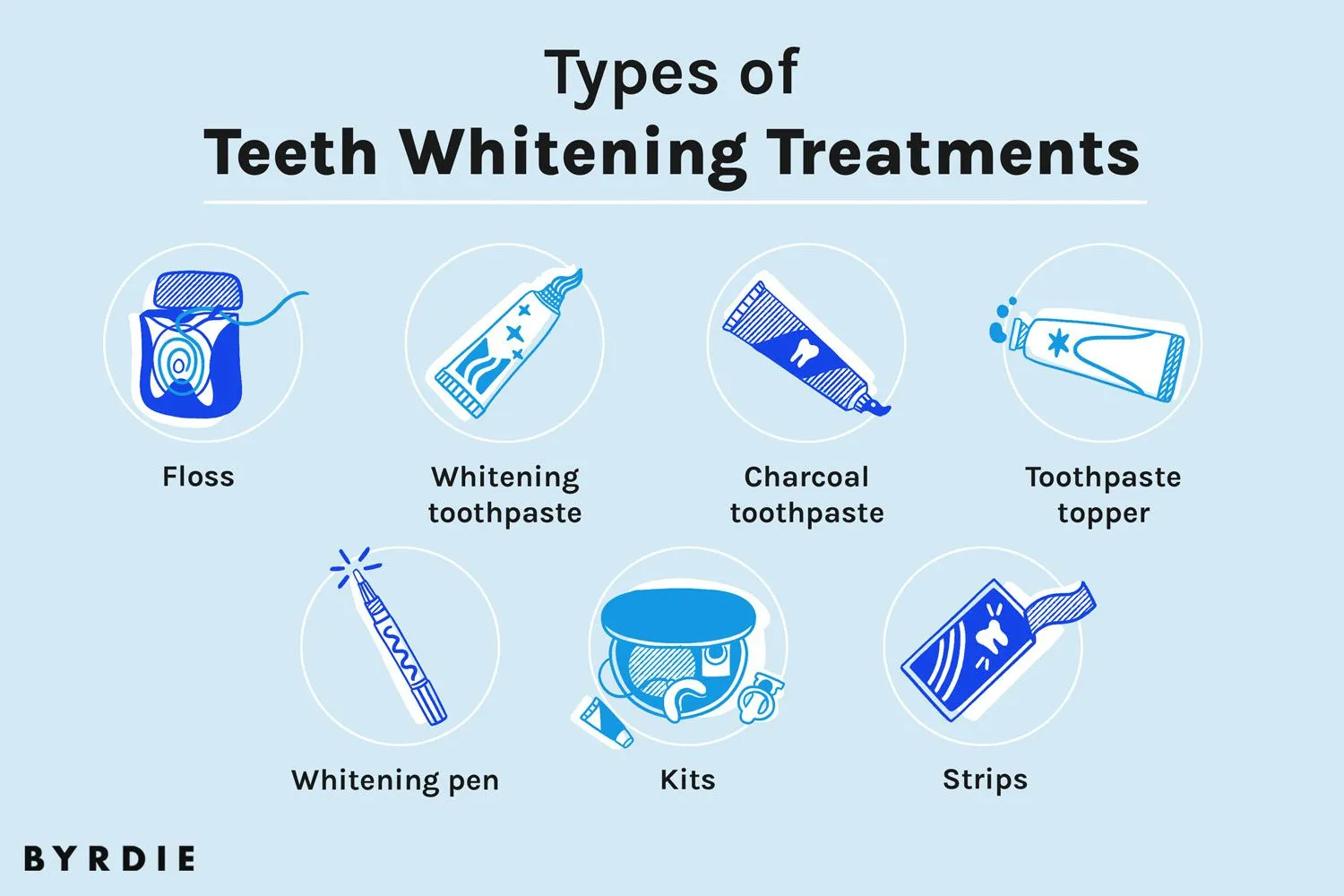
One of the most immediate and profound benefits of teeth whitening is the boost in confidence it provides. Feeling self-conscious about the appearance of your teeth can affect your interactions, personal life, and even your professional performance. A brighter, whiter smile can dramatically improve your self-image, allowing you to feel more comfortable and confident in social situations. This increased confidence can lead to more open communication, improved relationships, and a general sense of well-being. Embracing your smile can have a positive impact on almost every aspect of your life.
Improving Oral Health
While teeth whitening is primarily a cosmetic procedure, it can also encourage better oral hygiene habits. The desire to maintain a bright, white smile often motivates individuals to take better care of their teeth. This includes more frequent brushing, flossing, and regular dental check-ups. In addition, some teeth whitening products contain ingredients that can help reduce plaque buildup and improve gum health. Although teeth whitening alone isn’t a substitute for comprehensive dental care, the focus on oral health that comes with a brighter smile can lead to overall improved well-being and better dental health.
Enhancing Social Interactions
A beautiful smile is often the first thing people notice about you. A brighter smile can make you appear more approachable, friendly, and youthful, which can have a positive impact on your social interactions. Smiling more freely and confidently can help you form connections, build relationships, and excel in both personal and professional settings. A confident, bright smile can open doors and create positive first impressions. Ultimately, teeth whitening can improve how you feel about yourself and how you are perceived by others.
Methods for Teeth Whitening
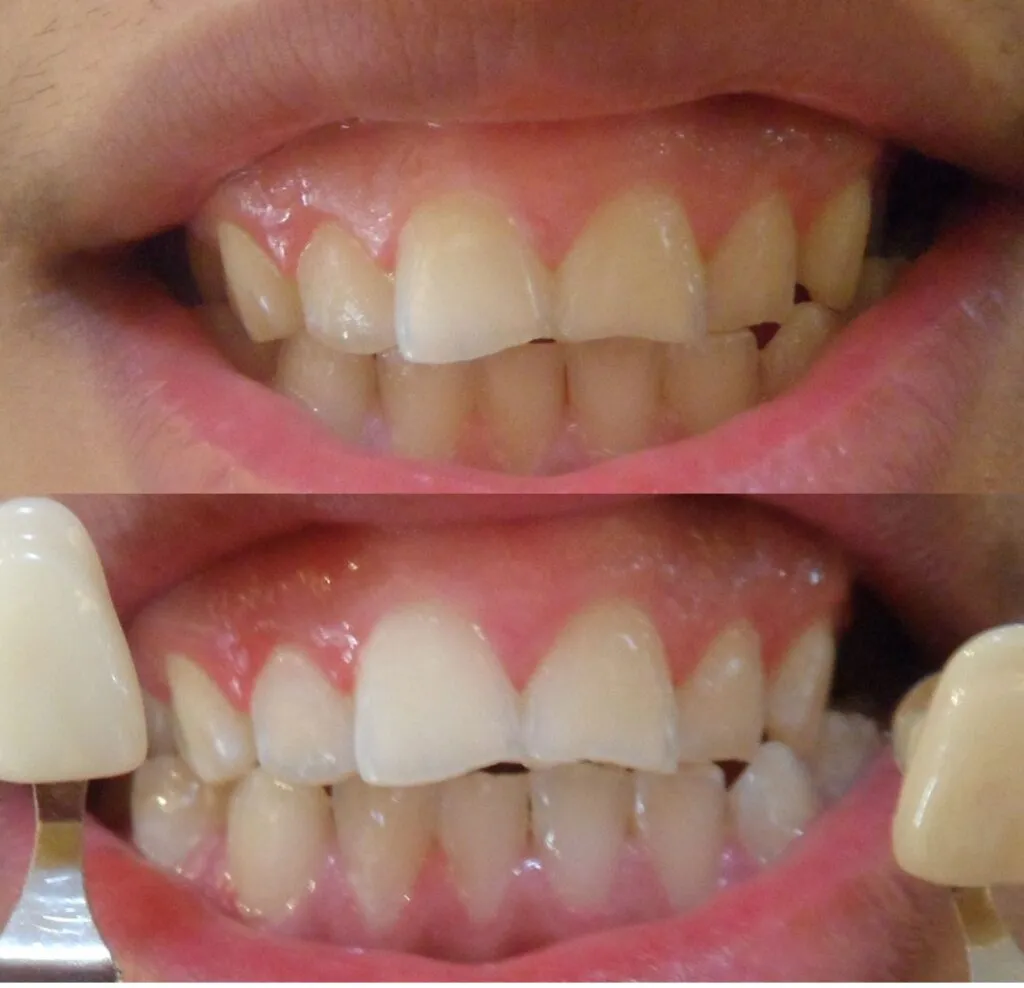
From the comfort of your home to the advanced techniques available in a dental office, there are numerous teeth whitening methods to choose from. Each method has its own set of advantages, potential side effects, and cost considerations. Understanding the different methods will help you select the best option to achieve your desired results while ensuring your comfort and safety. Let’s explore the most popular and effective approaches to teeth whitening, so you can make an informed decision on how to achieve your perfect smile.
At-Home Whitening Options
At-home teeth whitening offers a convenient and affordable way to brighten your smile. These methods typically involve the use of over-the-counter products or customized kits provided by your dentist. At-home options are generally less expensive than professional treatments, but they may require more time and commitment to achieve the desired results. It’s important to follow the instructions carefully and consult your dentist before starting any at-home whitening treatment to ensure it’s safe for your teeth and gums. Let’s examine the various at-home whitening options and their effectiveness.
Whitening Toothpastes
Whitening toothpastes are a popular and readily available option for teeth whitening. They work by removing surface stains with mild abrasives and polishing agents. While they can help improve the overall brightness of your teeth, they typically don’t change the underlying color. Whitening toothpastes can be a good choice for maintaining your smile after professional treatments or for minor staining. However, they should be used with caution if you have sensitive teeth, as some abrasive ingredients can cause irritation. Using a whitening toothpaste, in conjunction with other methods, can help keep your teeth looking their best.
Whitening Strips
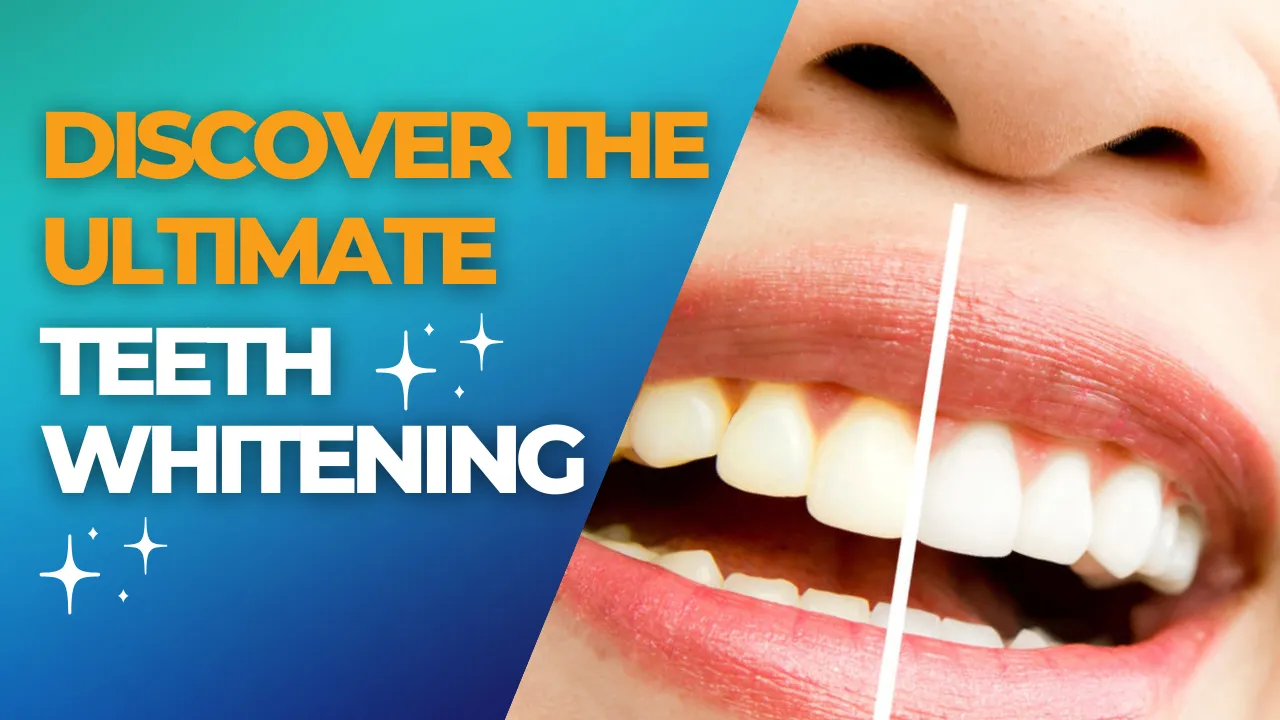
Whitening strips are thin, flexible strips coated with a hydrogen peroxide bleaching agent. They are easy to use and can be found over-the-counter. The strips adhere to the surface of your teeth, providing a concentrated dose of the whitening agent. Using whitening strips is generally effective for removing surface stains and can result in visible improvements in tooth brightness within a few weeks. Following the instructions carefully is crucial, as overuse can lead to sensitivity. Consistent use of whitening strips can be a convenient and effective way to gradually whiten your teeth at home.
Whitening Gels
Whitening gels are applied to the teeth using custom-fitted trays provided by your dentist or through pre-filled applicators. These gels contain a higher concentration of bleaching agents compared to whitening toothpastes. The trays ensure the gel is evenly distributed and stays in contact with the teeth for the recommended amount of time. Whitening gels can provide more noticeable results compared to other at-home methods. Your dentist can provide guidance on the best gel and usage regimen for your individual needs. This method allows for a more controlled and effective way to whiten teeth at home.
Professional Teeth Whitening
Professional teeth whitening, performed by a dentist, provides the most effective and quickest results. These treatments utilize higher concentrations of bleaching agents and specialized techniques to penetrate deeper stains. While the upfront cost is higher than at-home methods, the results are often more dramatic and longer-lasting. Professional whitening is also safer, as dentists can monitor your teeth and gums throughout the process and address any potential sensitivity issues promptly. If you are looking for a significant improvement in tooth brightness, professional teeth whitening is an excellent choice.
In-Office Whitening Procedures

In-office teeth whitening procedures are performed by a dental professional and typically involve applying a high-concentration bleaching gel to the teeth. The gel is often activated with a special light or laser to enhance the whitening effect. The entire procedure usually takes about an hour, and results are often visible immediately. In-office treatments can whiten teeth several shades in a single session. Your dentist will take precautions to protect your gums and other soft tissues during the process, minimizing the risk of irritation. Following a professional teeth whitening, you can achieve a significantly brighter smile in a short amount of time.
Maintaining Your White Smile
Once you’ve achieved your desired level of whiteness, maintaining your results is essential. Several factors can affect the longevity of your bright smile, including your diet, oral hygiene habits, and lifestyle choices. Implementing a proper care routine and avoiding substances that can stain your teeth can help ensure that your results last as long as possible. Regular dental check-ups are also crucial for maintaining optimal oral health and the appearance of your teeth. By making informed choices, you can enjoy your dazzling smile for years to come.
Post-Whitening Care
Following teeth whitening, your teeth may be slightly more susceptible to staining, so it’s important to take care. Avoid highly pigmented foods and drinks, such as coffee, tea, red wine, and berries, for at least a few days after treatment. It’s also recommended to use a toothpaste for sensitive teeth, which can help reduce any temporary sensitivity. Following the post-whitening guidelines given by your dentist is essential for achieving the best and long-lasting results. Proper aftercare helps protect your investment and keeps your smile looking bright and healthy.
Avoiding Staining Foods and Drinks
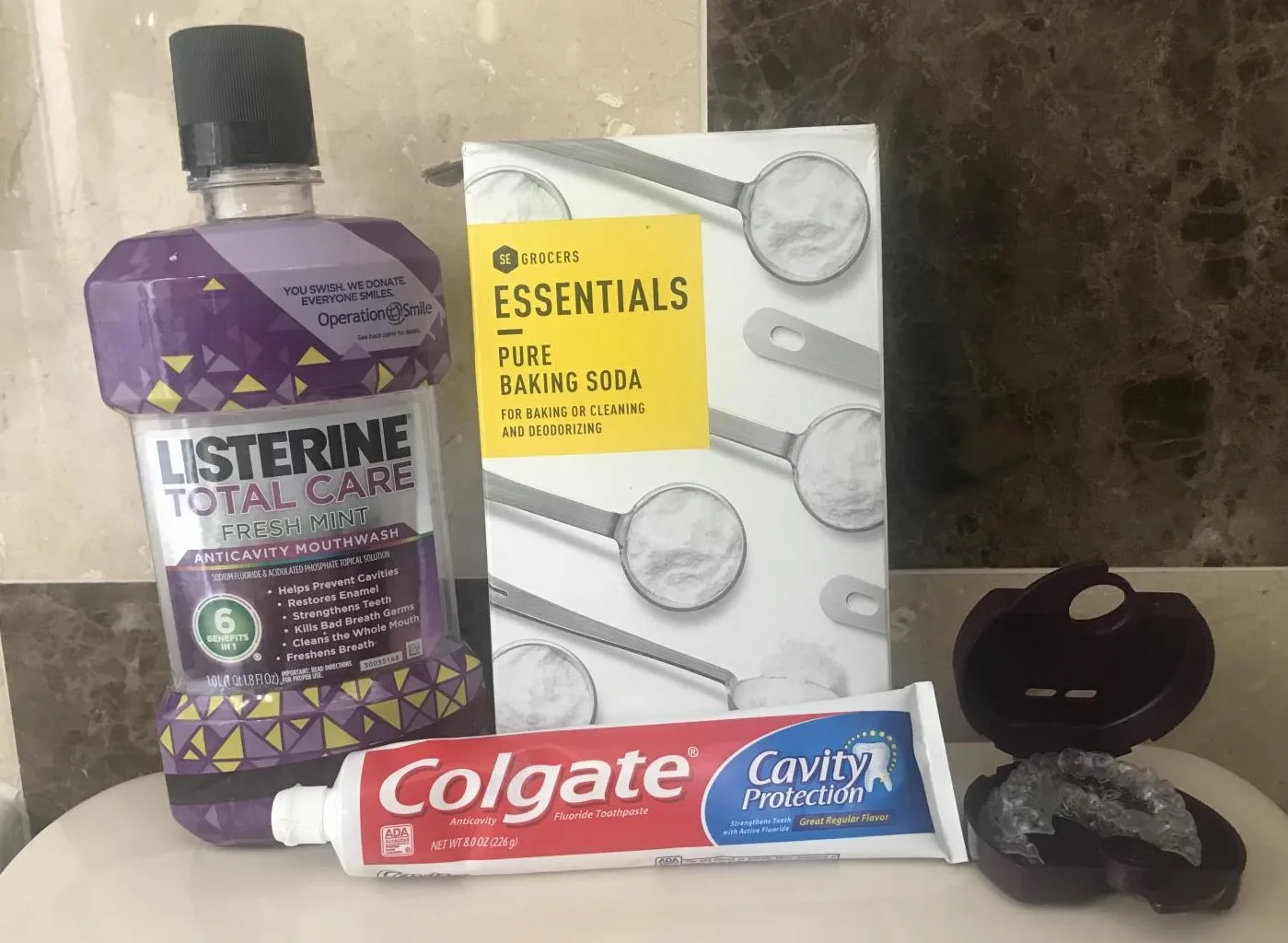
Certain foods and drinks are notorious for staining teeth. To maintain your white smile, limit your consumption of these items. Coffee, tea, and red wine are known culprits, as are dark-colored sodas and fruit juices. Foods like berries, soy sauce, and curries can also cause staining. Brushing your teeth or rinsing your mouth with water after consuming these items can help minimize staining. Choosing lighter-colored alternatives and practicing good oral hygiene can make a big difference in maintaining the brilliance of your smile.
Regular Dental Check-ups
Regular dental check-ups are vital for maintaining both oral health and the appearance of your teeth. During these visits, your dentist can assess your teeth for any signs of decay or other issues and provide professional cleaning to remove surface stains. Your dentist may also provide touch-up whitening treatments to keep your smile bright. Consistent dental care allows you to address any issues promptly, ensuring that your teeth remain healthy and that your smile continues to shine. Regular dental check-ups should be an integral part of your oral health routine.
Choosing the Right Teeth Whitening Method
Selecting the right teeth whitening method depends on your individual needs, preferences, and budget. Consider the level of staining you want to address, the desired results, and your willingness to commit to a particular treatment regimen. Consulting your dentist is the best way to determine which option is the safest and most effective for your situation. They can assess your oral health, discuss your goals, and recommend a customized approach. By taking the time to research the different methods and consulting with a dental professional, you can confidently choose a teeth whitening solution that will give you the sparkling smile you deserve.
